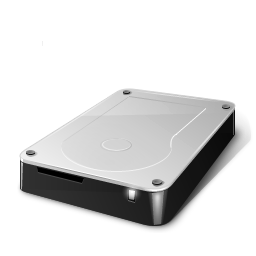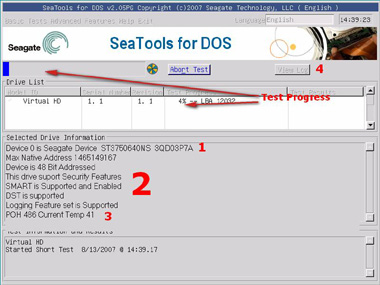
Click version information and report what the program says for "Product Version". If you click this icon there is a drop down with a "Version Information" option. Please post what the error is in the log for the Short SMART Self-Test.Īlso, at the top of the program there should be a green question mark icon (unless you have an older version of PC-Doctor, see below). If you click on the "View the detailed test log" link on the test page (with the failure) you should get more information about the error. Either way I would like to help you solve your problem even if it means I have a problem. Given that the Seagate tools do not report the issue could mean one of three things : The issue is intermittent. It's also available for Linux and Mac operating systems, as well as included in a couple of LiveCD/LiveUSB programs.The error code is generic and returned under a large number of problems. The latest version works with Windows 11, 10, 8, 7, and Vista, but there's an outdated edition you can get for older Windows versions. This program can be downloaded for Windows as a portable program or as a regular program with a normal installer.

GSmartControl runs three self-tests to find drive faults: Short Self-test takes around 2 minutes to complete and is used to detect a completely damaged hard drive, Extended Self-test takes 70 minutes to finish and examines the entire surface of a hard drive to find faults, and Conveyance Self-test is a 5-minute test that's supposed to find damages that occurred during the transporting of a drive. View and save SMART attribute values like the power cycle count, multi-zone error rate, calibration retry count, and many others.

GSmartControl can run various hard drive tests with detailed results and give an overall health assessment of a drive.

When exporting information, it includes everything, not just a specific result you want to save

Doesn't support every USB and RAID device


 0 kommentar(er)
0 kommentar(er)
